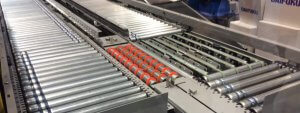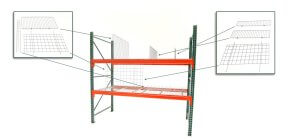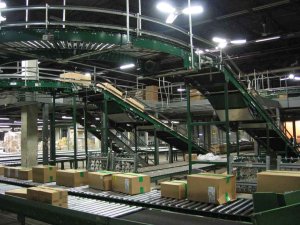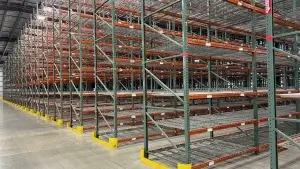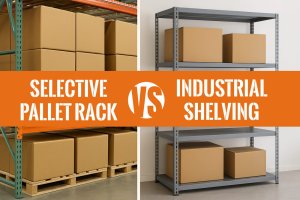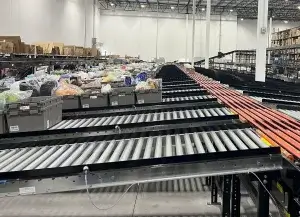Story Highlights If you’re looking to optimize your warehouse space, pallet racking is the answer. This system...
Story Highlights: Need More Than Just Parts? Got Questions? We’re Here to Help.
Story Highlights Wire deck dividers are commonly used for two purposes: Creating a defined space ensures that...
Story Highlights: Warehouse automation can sound complicated, but it doesn’t have to be. Whether you run a...
Story highlights: Efficient use of warehouse space is critical for optimizing operations, reducing costs, and improving workflow....
Story Highlights: When designing a warehouse or storage facility, choosing the right system is critical for maximizing...
Story Highlights: Gravity Conveyor Series: Part 1: Effortless Efficiency: The Role of Gravity Conveyors in the Modern...



